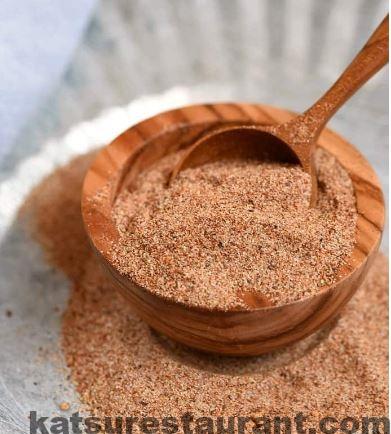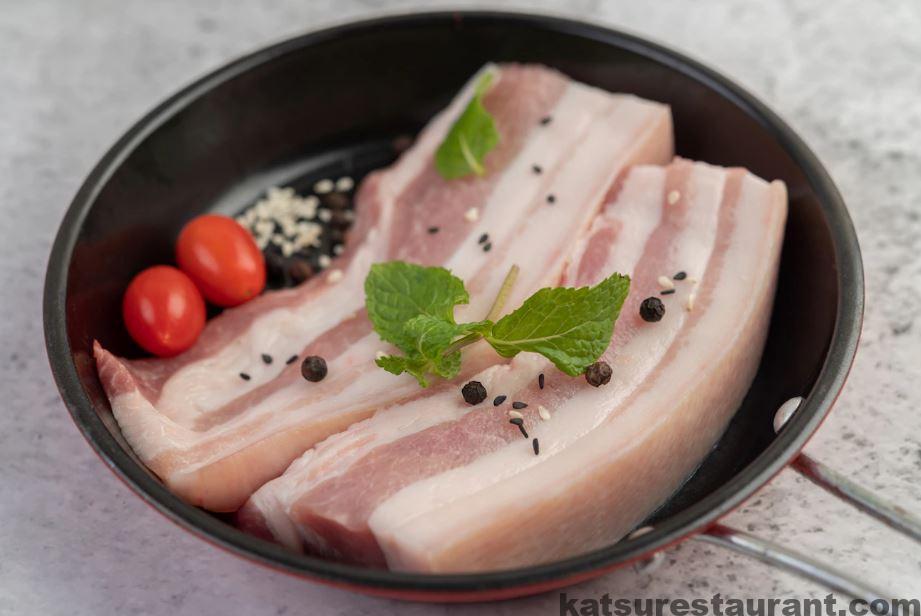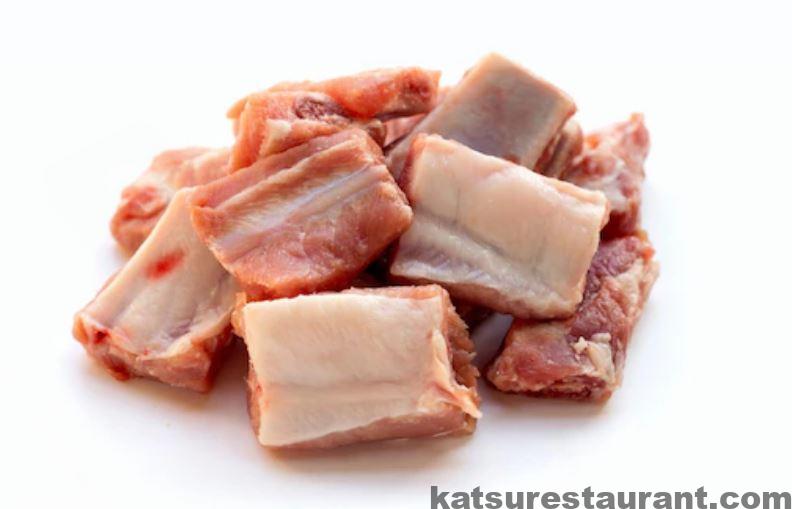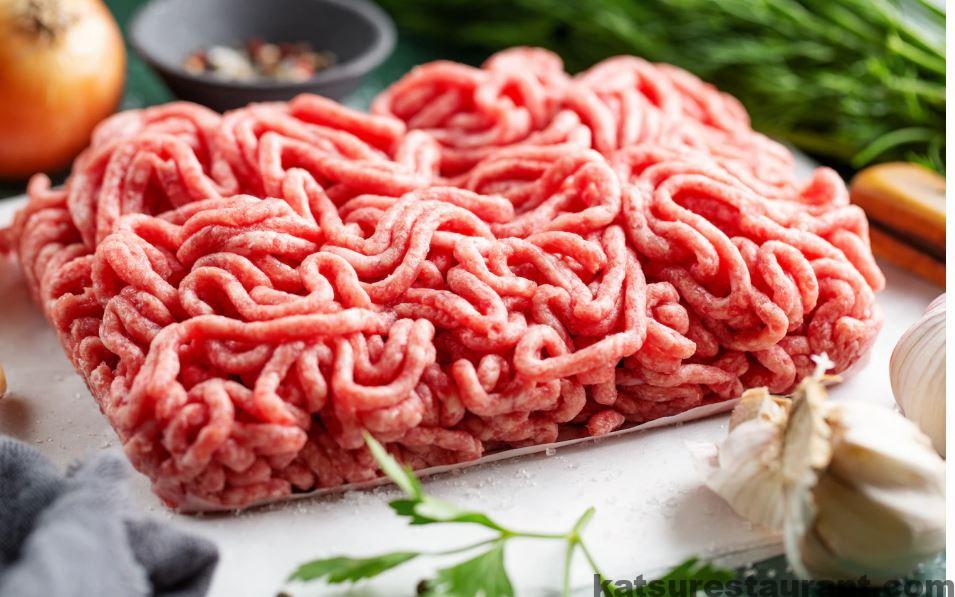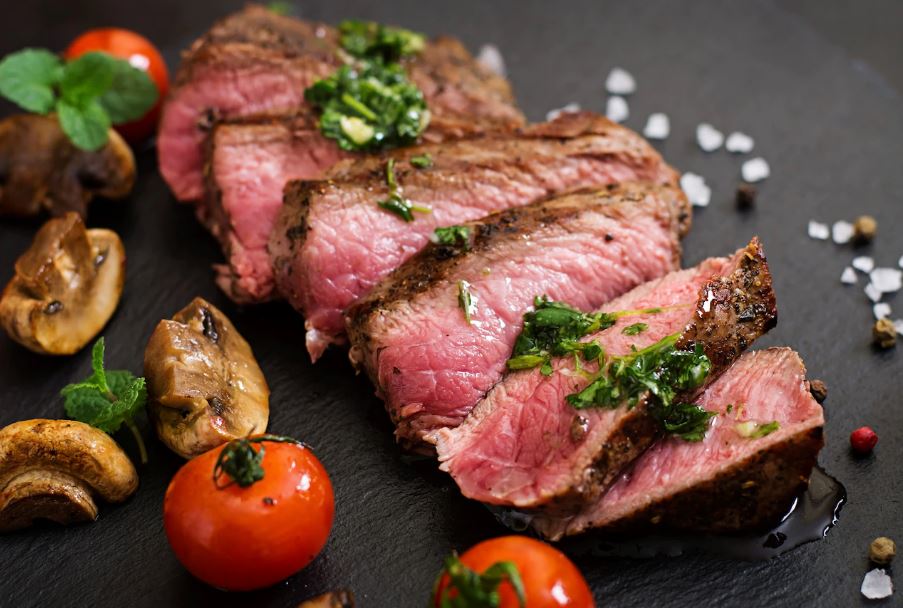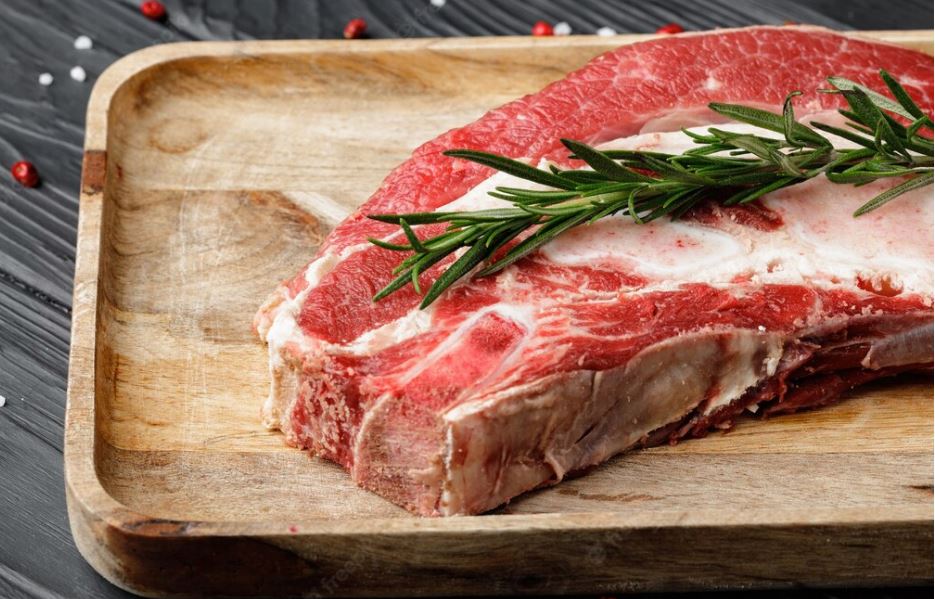Confused about whether to use a shoulder roast or chuck roast for that special meal you’re planning? You’re not alone! Deciding which type of beef roast to use can be quite tricky and there are several factors to take into account. In this blog post, we will examine the characteristics of both types of roasts and discuss in detail their differences in texture, flavor, cost, and cooking methods so that you can make an informed decision when it comes time to choose your next beef roast. So get ready because a full breakdown between shoulder roasts vs chuck roasts is just around the corner!
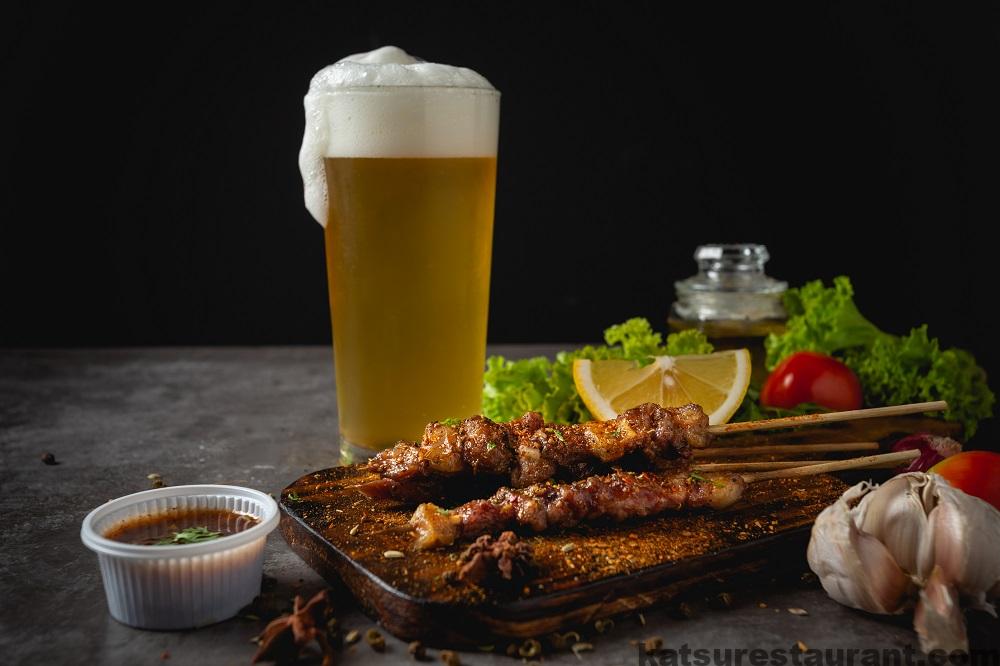
Shoulder Roast vs Chuck Roast
Shoulder roasts and chuck roasts both come from the beef shoulder area, but they are different cuts of meat. The shoulder roast is taken from the upper portion of the animal’s neck where it connects to its forelegs. It has a higher fat content than other types of roasts, which makes it more flavorful and tender when cooked. However, this cut is also more expensive than other cuts of beef.
The chuck roast, on the other hand, is taken from the lower part of the animal’s neck and shoulder area. It has less fat content and is therefore tougher than a shoulder roast. This type of roast tends to be less expensive as well but it can take longer to cook and may require slower, more thorough cooking methods such as braising or slow-cooking in order to bring out its flavor and tenderness.
Texture & Flavor
The texture of a shoulder roast is much softer than that of a chuck roast due to its higher fat content. This cut is also very flavorful with a beefy taste. When cooked properly, the fat melts and tenderizes the meat, making it succulent and juicy.
A chuck roast has a much denser texture due to its lower fat content. It also has an intense beefy flavor that can be enhanced through slow-cooking methods such as braising or roasting with vegetables.
Cost
Shoulder roasts typically cost more than chuck roasts due to their higher fat content. They are also harder to find since they come from the upper portion of the animal’s neck and shoulder area, which is not always readily available.
Chuck roast, on the other hand, tends to be less expensive as it is a more common cut of beef. It is also easier to find and usually comes from the lower portion of the animal’s neck and shoulder area.
Cooking Method
Shoulder roasts are best cooked using moist-heat methods such as braising or slow-cooking. This helps ensure that the fat melts and tenderizes the meat, making it succulent and juicy.
Chuck roasts are best cooked using dry-heat methods such as roasting or grilling. This helps to retain its flavor and juices while also allowing for a crusty exterior. It can also be cooked with vegetables or other ingredients for added flavor.
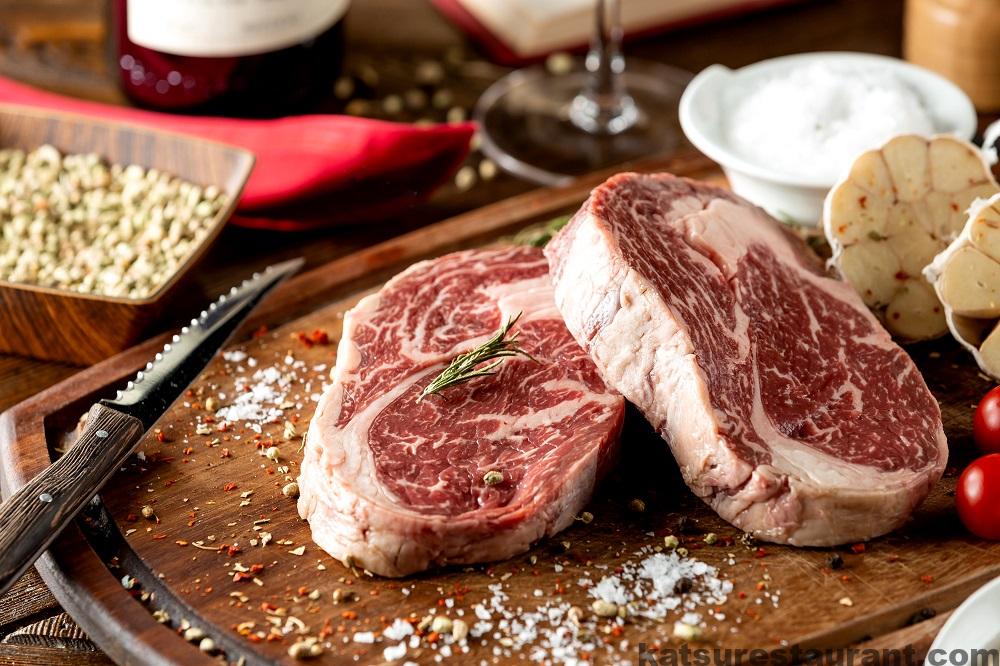
About Beef Roasts
Beef roasts are a great way to make an impressive meal for your family or friends. They come in many cuts and can be cooked using various methods depending on the desired outcome.
Roasts sourced from different areas of a steer can impact their flavor, texture and fat content. Chuck roasts are derived from the shoulder region; Rib and Loin cuts come straight off the back ribs or upper spinal area; Round is cut right out of the butt/back leg sector while brisket comes beneath those front shoulders. It’s well known that parts used more during life contain tougher muscle tissues (and are thus best left for slow-cooking) whereas primal sections like rib & loin yield more tender options with low quantities of natural fats in comparison to chuck & round roasts!
About Chuck Roast
Marbling:
Marbling is an important factor when it comes to the flavor and tenderness of beef roasts. The more marbling, the more flavorful and juicy the roast will be. Chuck roasts tend to have less marbling than shoulder roasts but still offer a robust flavor.
Marinades:
Marinades can help tenderize tough cuts of meat and add flavor. Chuck roasts are best marinated for at least 4 hours to allow the marinade to penetrate and tenderize the meat.
Seasonings:
Chuck roasts benefit from a variety of seasonings, such as garlic, onions, herbs, spices, and even citrus fruits. These ingredients can help to enhance the flavor of the roast
Texture:
Chuck roasts are known for their dense, yet tender texture. They can be cooked using dry-heat methods such as roasting or grilling to help retain the flavor and juices of the meat.
Flavor:
Chuck roasts have an intense beefy flavor that can be enhanced with seasonings, herbs, and marinades. They also gain a robust flavor when cooked with vegetables or other ingredients.
About Shoulder Roast
Marbling:
Shoulder roasts have more marbling than chuck roasts, making them more flavorful and tender when cooked. The fat melts as it cooks, resulting in a juicy and succulent roast.
Marinades:
Marinades can help to add flavor and tenderize shoulder roasts. These cuts of meat should be marinated for at least 8 hours to allow the flavors to penetrate the meat.
Seasonings:
Shoulder roasts benefit from a variety of seasonings, such as garlic, onions, herbs, spices, and even citrus fruits. These ingredients can help to enhance the flavor of the roast.
Texture:
The texture of shoulder roasts is much softer than that of chuck roasts due to its higher fat content. It also has an intense beefy flavor that can be enhanced through slow-cooking methods such as braising or roasting with vegetables.
Flavor:
Shoulder roasts have an intense beefy flavor that can be enhanced with seasonings, herbs, and marinades. They also gain a robust flavor when cooked with vegetables or other ingredients.
Which One to Choose, Shoulder Roast or Chuck Roast?
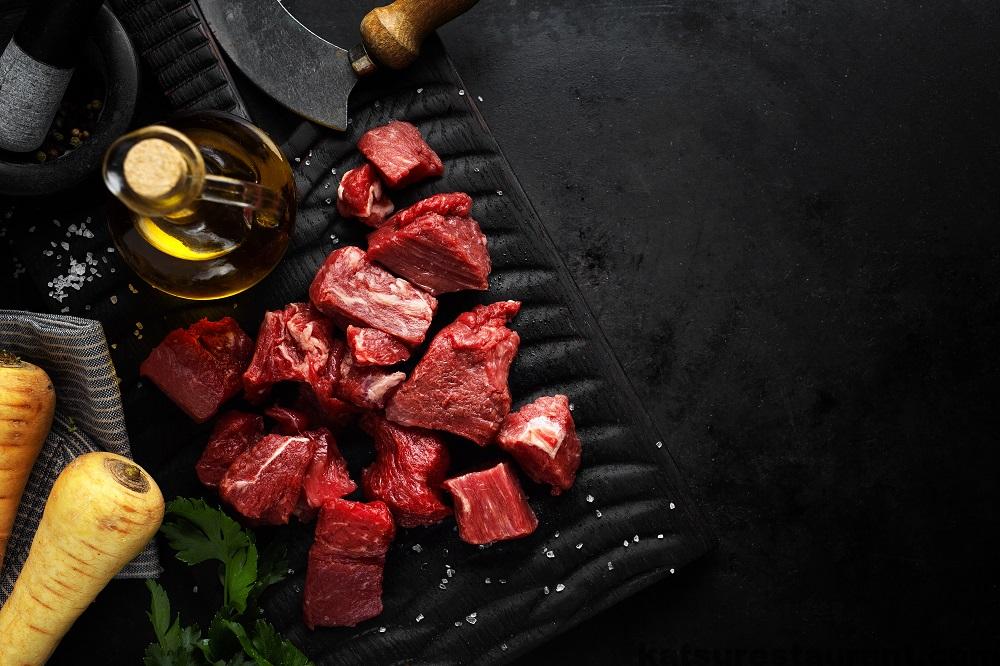
When deciding between a shoulder roast and chuck roast, it ultimately comes down to personal preference.
Shoulder roasts are more tender due to their higher fat content, while chuck roasts are denser with a robust flavor. Chuck roasts should be cooked using dry-heat methods such as grilling or roasting to help retain the flavor and juices of the meat. Shoulder roasts should be cooked using slow-cooking methods such as braising or cooking with vegetables to enhance its flavor and create a tender texture.
While both shoulder roast and chuck roast are excellent choices for a hearty winter meal, they each have their own unique flavor and texture. If you’re looking for a slightly sweeter, more tender roast, go with the shoulder roast. If you prefer a bolder taste and a heartier consistency, opt for the chuck roast. No matter which one you choose, you’re sure to enjoy a delicious meal that will leave you feeling satisfied. Happy Cooking !!!

